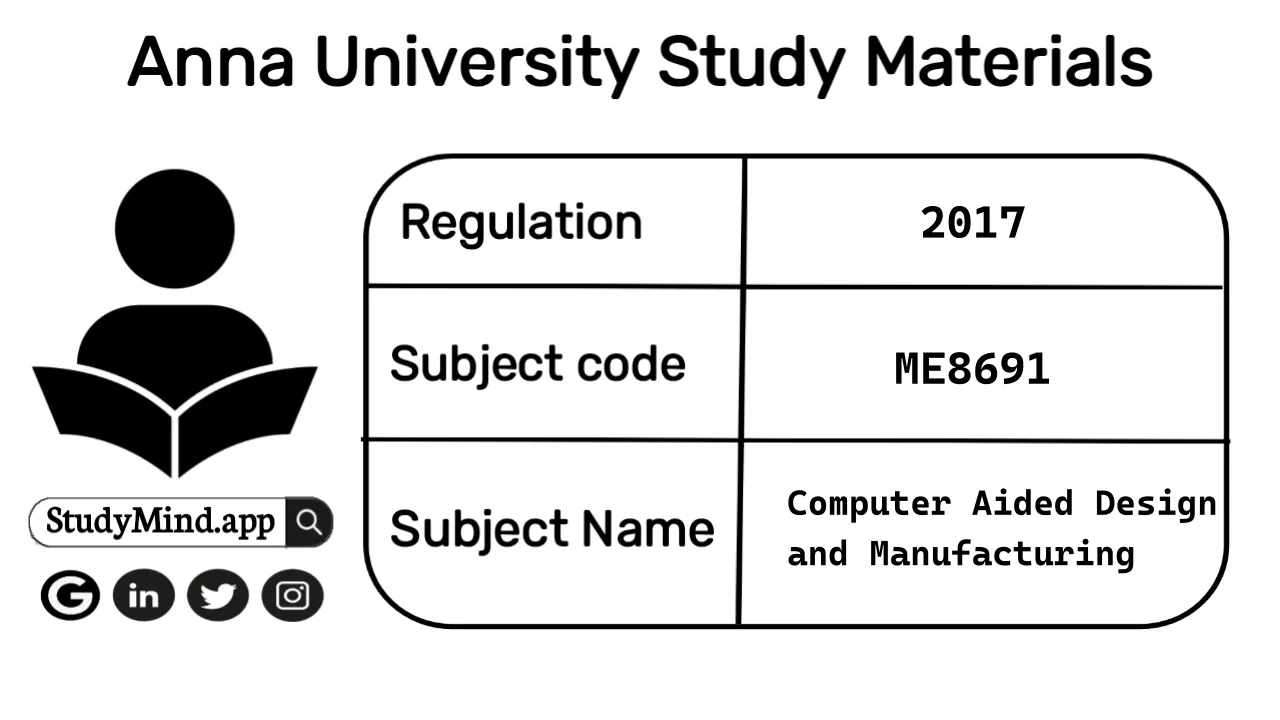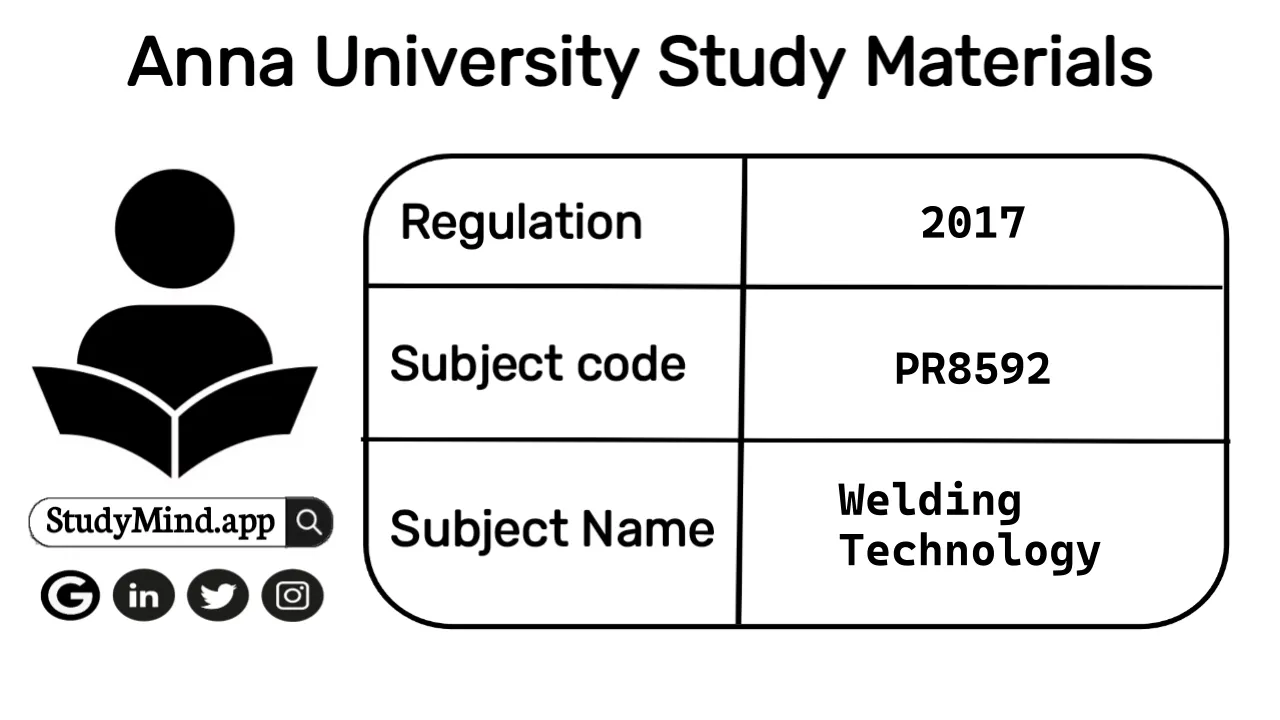[PDF] ME8691 Computer Aided Design and Manufacturing 2017 Regulation Syllabus, Notes and Question Banks/Important Questions for Anna University Students
Last updated on Aug 19, 2023

Syllabus
ME8691 Computer Aided Design and Manufacturing
- UNIT I INTRODUCTION:Product cycle- Design process- sequential and concurrent engineering- Computer aided design – CAD system architecture- Computer graphics – co-ordinate systems- 2D and 3D transformations- homogeneous coordinates - Line drawing -Clipping- viewing transformation-Brief introduction to CAD and CAM – Manufacturing Planning, Manufacturing control- Introduction to CAD/CAM –CAD/CAMconcepts ––Types of production - Manufacturing models and Metrics – Mathematical models of Production Performance.
- UNIT II GEOMETRIC MODELING:Representation of curves- Hermite curve- Bezier curve- B-spline curves-rational curves-Techniques for surface modeling – surface patch- Coons and bicubic patches- Bezier and B-spline surfaces. Solid modeling techniques- CSG andB-rep.
- UNIT III CAD STANDARDS:Standards for computer graphics- Graphical Kernel System (GKS) - standards for exchange images- Open Graphics Library (OpenGL) - Data exchange standards - IGES, STEP, CALS etc. - communication standards.
- UNIT IV FUNDAMENTAL OF CNC AND PART PROGRAMING:Introduction to NC systems and CNC - Machine axis and Co-ordinate system- CNC machine tools- Principle of operation CNC- Construction features including structure- Drives and CNC controllers- 2D and 3D machining on CNC- Introduction of Part Programming, types - Detailed Manual part programming on Lathe & Milling machines using G codes and M codes- Cutting Cycles, Loops, Sub program and Macros- Introduction of CAM package.
- UNIT V CELLULAR MANUFACTURING AND FLEXIBLE MANUFACTURING SYSTEM (FMS):Group Technology(GT),Part Families–Parts Classification and coding–Simple Problems in Opitz Part Coding system–Production flow Analysis–Cellular Manufacturing–Composite part concept–Types of Flexibility - FMS – FMS Components – FMS Application & Benefits – FMS Planning and Control– Quantitative analysis in FMS.

